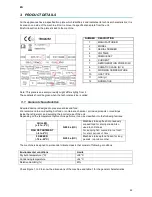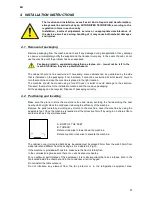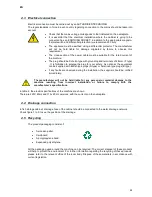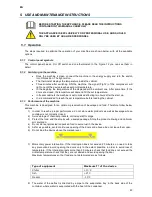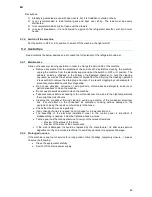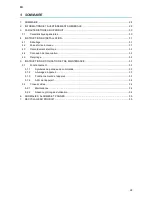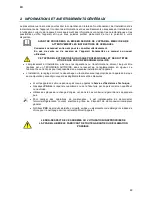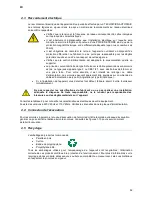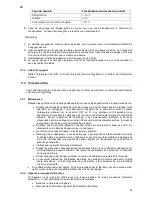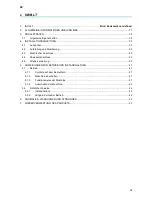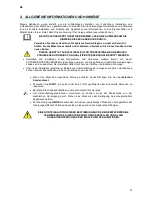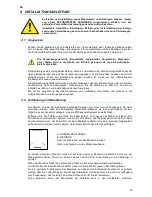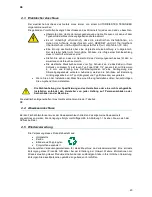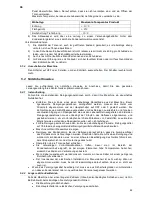
EN
27
6. FAULTS, ALARMS AND BREAKDOWNS
The steps to be followed in the event of a fault or operating error are described below. The possible causes
and possible solutions are listed in the following table. In the event of doubt, or if you are unable to resolve
the problem, please contact the technical service.
Do not handle electrical components, as there is a risk of death as the
components are under network voltage
FAULT
POSSIBLE CAUSE
SOLUTIÓN
The machine
does not work
There is no power supply.
Check whether the circuit breaker has been triggered. If there
is light in the switch the machine is powered.
Insufficient
temperature
Location of the equipment
Check there is not a heat source nearby
Thermostat parameters
Check the set temperature of the thermostat is around 0ºC in
refrigerators and -20 ºC in freezers. Push “set” buttom to
check it.
Ambient temperature
Check that ambient temperatura is below +32ºC in freezer
cabinets and +38 ºC in refrigeratios and fish storage cabinets.
These are devices guaranteed maximum working temperature
Door closing
Check that the doors close correctly
Food distribution inside the machine
Check that food does not block the air ventilation and the time
elapsed from the time the food is stored inside the cabinet is
enough for cooling the products.
Cleaning of the condenser
Check that the condenser is clean. Consider that the cleaner
the refrigerator is the more energy will be saved. The cleaning
frequency will depend on the conditions of the location. In
case the condenser is dirty call after sales service.
Strange or loud
noise
Incorrect levelling and bad closing of
the doors.
Check the levelling and good closing of the doors.
Friction in the movable zones
Check there is nothing in touch with the movable elements of
the refrigerator.
Together with this manual, it is supplied the instructions of the thermostat.
7. RECYCLING THE PRODUCT
The European Directive 2012/19/EU relating to Waste Electrical and Electronic Equipment
(WEEE) states that household appliances should not be disposed of using the normal solid
urban waste cycle. Exhausted appliances should be collected separately in order to optimise
the cost of re-using and recycling the materials inside the machine, while preventing potential
damage to the atmosphere and to public health. The crossed-out dustbin is marked on all
products to remind the owner of their obligations regarding separated waste collection. For
more information, relating to the correct disposal of household appliances, owners should
contact their local authorities or appliance dealer.
NOTE: If a fault occurs and is not listed in the above table, please call the
technical service. The manufacturer reserves the right to modify the technical
characteristics with prior warning.










